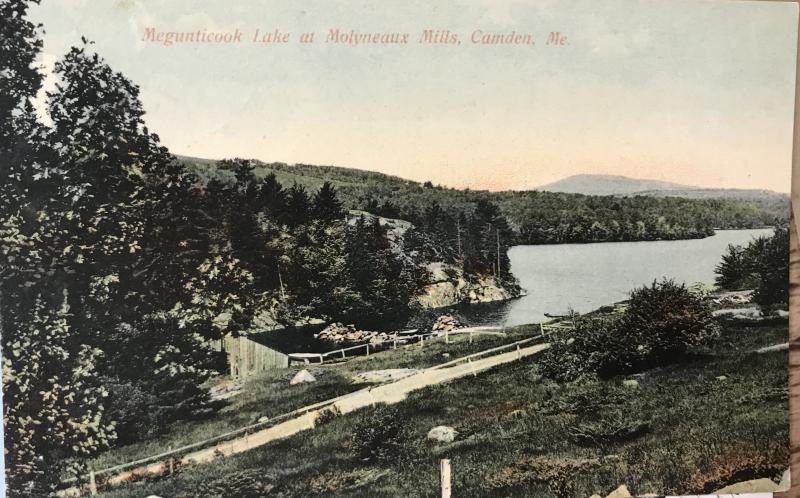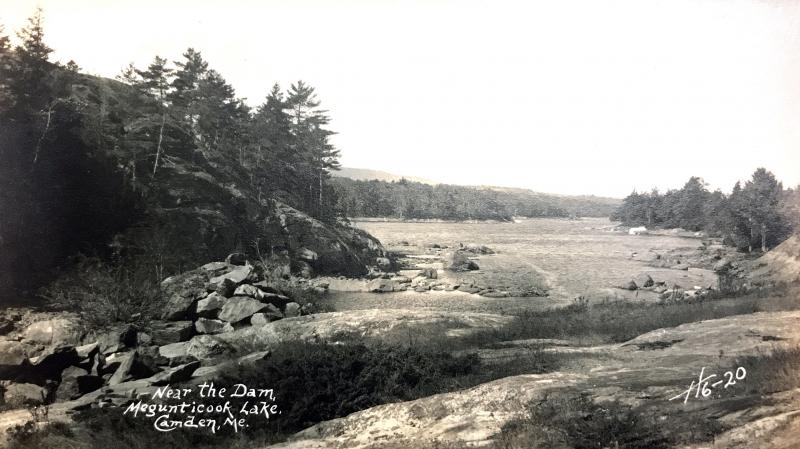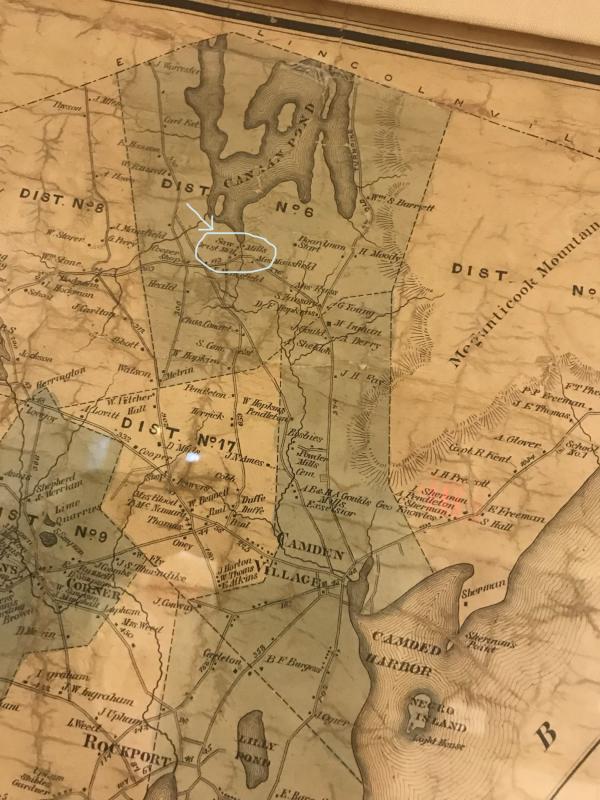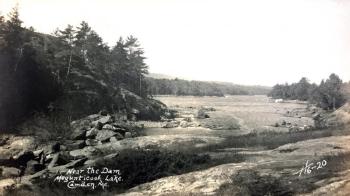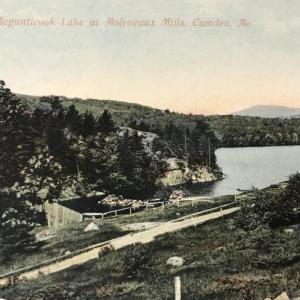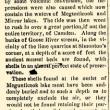Alison McKellar: When ancient ocean fossils were discovered in Camden
The problem for the mill owners was that Camden often faced a lack of water during dry seasons in the Fall.
The first strategy attempted was to raise the dams and increase the storage capacity of the lake to make it last longer during times of drought. Of course raising the dams also meant flooding the land (or “flowing the land” as it was called) of many property owners who then sued for damages and won. This worked to a certain extent and there was a mark on the ledge indicating the maximum level the water could be raised.
But in October of 1886, the Camden Herald reported that the factories were shut down most of the time due to drought and that Megunticook lake was at its lowest level in many years.
By November, a new plan was hatched to get more water out of the lake and it involved blasting and digging a channel roughly four feet deep, 10 feet wide, and 15 rods (about 240 feet) long. I will get into the details of all the trouble this caused in another article, but for now, I want to share what they found when they dug.
I think it is worth it to simply reprint in full this Camden Herald account I found after much searching. It is from November 26th, 1886:
“For several weeks a crew of men have been at work digging a channel at the outlet of Megunticook lake near the site of the old Molineux Mills. At several points where the channel was dug the ancient flats were reached, filled with mussel, scollop and conch shells and rocks covered with umbrella-shaped barnacles. The mud reached and removed, had the order and appearance of being shore flats three feet below the surface of land and usually covered by twenty to twenty-five feet of water. In by-gone ages, perhaps thousands of years ago, these flats were washed, no doubt, by the ebb and flow of ocean tides. When our mountains, like Megunticook and Hosmer, were thrown up by some volcanic convulsion, the depressions were also caused which now contain the waters of Megunticook and Mirror Lakes. The tide was then wont to rush in over a great portion, if not the entire territory of Camden. Along the banks of Goose River stream, in the vicinity of the lime quarries at Simonton’s Corner, at a depth of a score of feet the ancient mussel beds are also found, with shells in an almost perfect state of preservation.
“These shells found at the outlet of Megunticook lake must have been suddenly buried and to such a depth as to completely exclude the air, or they would not be found retaining their purple color, their polish and enamel though buried but yesterday. Most of the umbrella shaped mollusea with more or less tenacity still cling to the rocks. One large specimen of a barnacle in our possession is petrified and has the weight and hardness of flint. The scollop shells discovered vary in size from 3 by 4 to 1 by 2 inches and resemble very much the picture in the American Encyclopedia of a shell of a scollop taken from the Indian seas which would indicate that at the time these scollops were grown the climate in this section was a tropical one. These curiosities excite in us ‘long, long thoughts’ which go far back into the prehistoric ages of the past, before the eye of the white man saw these fair hills or the Indian paddled his canoe in the waters of Megunticook lake.”
I remember last year all the talk of the marine clay that was found at the middle school construction site and I now wish I had been out there digging for fossils! The term “marine clay” makes a lot more sense now and it’s amazing to think that not so long ago, the land we walk on was part of the sea floor. What else might we find buried? Plenty of other opportunities for subsurface exploration exist in Camden and every so often we hear stories of incredible finds. We are very lucky to live in a place with a natural history as rich and exciting as the human history (if not more so) so don’t forget to look around when you’re out about.
Alison McKellar lives in Camden and serves on the town’s select board.
Event Date
Address
United States

